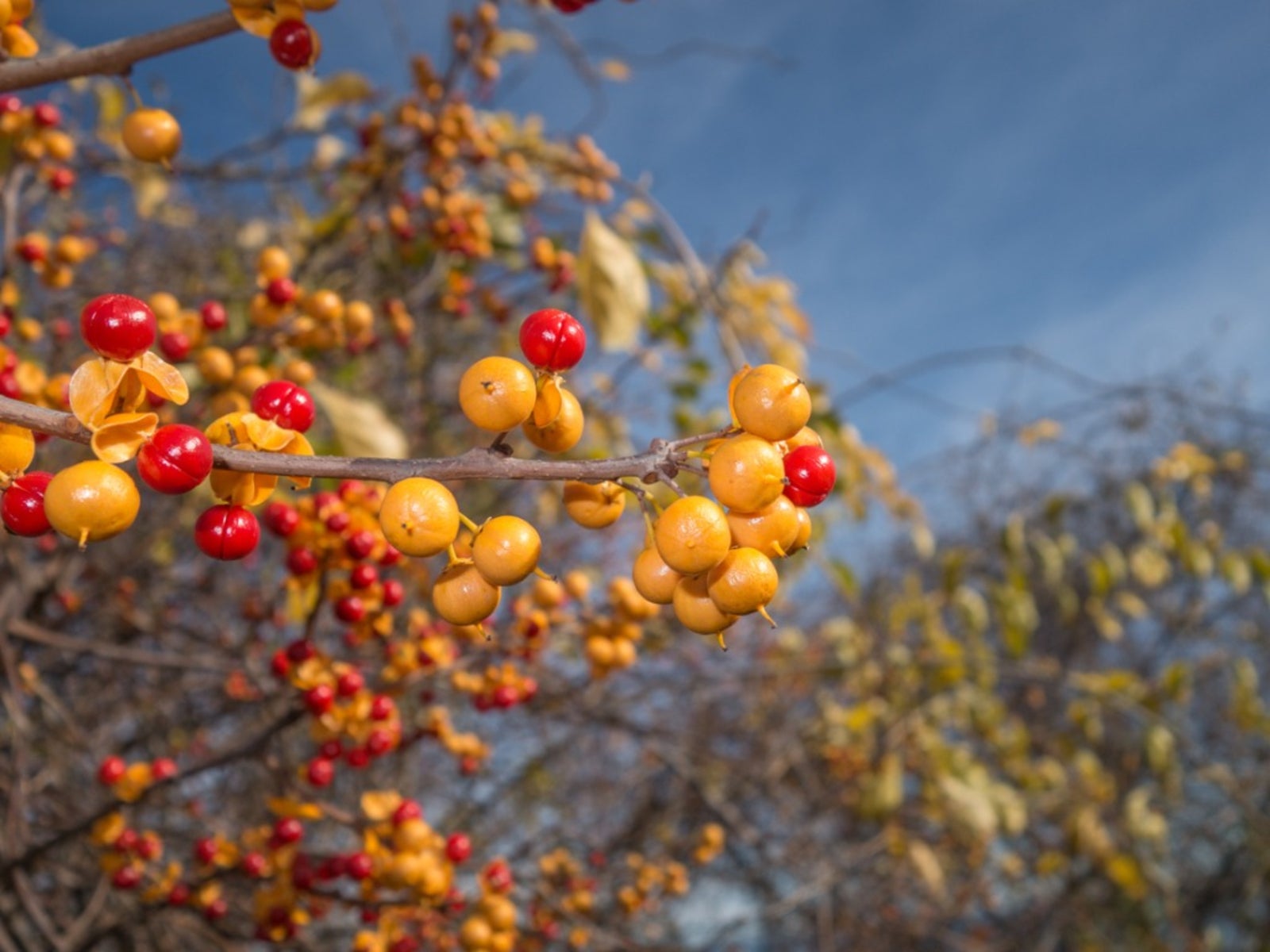Cold Hardy Vines – Choosing Flowering Vines For Zone 3


Cold regions of the Northern Hemisphere can be tough areas for plants unless they are native. Native plants are adapted to freezing temperatures, excess rainfall, and gusting winds and thrive in their indigenous regions. Cold hardy vines for USDA zone 3 are often found wild and important sources of food and shelter for animals. Many are also ornamental and make perfect flowering vines in cold climates. Some suggestions for zone 3 vine plants follow.
Flowering Vines in Cold Climates
Gardeners tend to want variety in the landscape, and it is tempting to purchase non-native flowering vines in summer. Be wary, as these plants are usually reduced to annual status in colder climes where winter's harshness will kill the root zone and plant. Growing hardy flowering vines that are native can reduce this waste and encourage wildlife in the landscape.
Bougainvillea, jasmine, and passionflower vines are spectacular landscape additions, but only if you live in the correct zone. Zone 3 vine plants must be hardy and adaptable to temperatures of -30 to -40 degrees F. (-34 to -40 C.). These conditions are too extreme for many ornamental flowering vines, but some are especially adapted as flowering vines for zone 3.
- Honeysuckle is a perfect vine for zone 3. It produces copious, trumpet-shaped flowers that develop into berries that feed birds and wildlife.
- Kentucky wisteria is another hardy flowering vine. It is not as aggressive as other wisteria vines, but still produces the dangling delicate clusters of lavender flowers.
- The elegant and profuse clematis is another of the flowering vines for zone 3. Depending upon the class, these vines may bloom from spring to summer.
- Lathyrus ochroleucus, or cream peavine, is native to Alaska and can withstand zone 2 conditions. White blooms appear all summer.
Vines with seasonal color changes are welcome additions to the zone 3 garden too. Classic examples might be:
- Virginia creeper has a color display that starts purple in spring, turns green in summer, and finishes with a bang in fall with scarlet leaves.
- Boston ivy is self-adhering and may approach 50 feet (15 m.) in length. It features tri-parted leaves that are glossy green and turn orange red in fall. This vine also produces dark blue-black berries, which are important food for birds.
- American bittersweet requires a male and female plant in proximity to produce the reddish orange berries. It is a low, rambling vine with bright yellow-orange interiors. Be wary of getting the oriental bittersweet, which may become invasive.
Growing Hardy Flowering Vines
Plants in cooler climates benefit from well-draining soil and a top dressing of thick, organic mulch to protect the roots. Even hardy plants like Arctic kiwi or climbing hydrangea may survive zone 3 temperatures if planted in a sheltered location and provided some protection during the coldest periods of winter. Many of these vines are self-adhering, but for those that are not, staking, stringing, or trellising is required to keep them from ambling over the ground.
Prune flowering vines only after they have bloomed, if necessary. Clematis vines have special pruning requirements depending upon the class, so be aware of which class you have. Hardy native vines should thrive without any special care, as they are well suited to grow wild in that region. Growing hardy flowering vines is possible in the chill of zone 3, provided you choose the proper plants for your area.
Gardening tips, videos, info and more delivered right to your inbox!
Sign up for the Gardening Know How newsletter today and receive a free copy of our e-book "How to Grow Delicious Tomatoes".

Bonnie Grant is a professional landscaper with a Certification in Urban Gardening. She has been gardening and writing for 15 years. A former professional chef, she has a passion for edible landscaping.